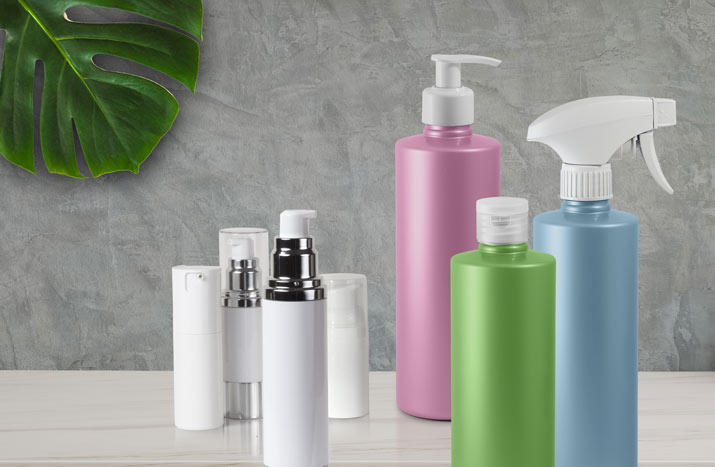To contain = ‘to carry or have [something] inside’, ‘to curb [something]’. Two definitions that strangely overlap in a certain specific and still applicable context – the health emergency stemming from COVID-19 – and for a specific object – packaging for hydro-alcoholic gel.
A little over six months ago, society as we knew it before ground to a halt. Our habits and routines – affective, social and labour – were thrown into chaos. However, one part of the industrial fabric simply had to keep going. In many cases, the possibility of stopping was not even considered for a second. The packaging sector was one of those cases and many companies – RAFESA included – put ourselves on the business front line to guarantee a supply of all sorts of packaging in general and one kind in particular.
This act of determination sprang from more than just business-related interests. For us, it was our commitment to consumers. In our specific case, it was a duty we accepted from day one in response to the urgent need to supply packaging that needed to contain a liquid product expected to underpin the healthcare strategy aimed at tackling the pandemic around the world: hydro-alcoholic gel.
Sector proposals
The packaging sector has always stood shoulder-to-shoulder with the consumer based on a service mentality that has always allowed it to remain attentive to the various needs that have steadily arisen over recent years. New designs, new more efficient manufacturing processes, new materials to reduce environmental impact and, in 2020, new uses. One use in particular: the swift, safe and efficient supply of a packaging item that has no doubt become one of the most ubiquitous items in our high streets, shops, homes, offices, restaurants, hotels and handbags. Everyone knows that gel bottles can and should be found everywhere, in any space. No exceptions. There is bound to be a hydro-alcoholic gel dispenser only a few metres away from wherever you are reading this.
Over the course of these six months, the sector has faced a double challenge. Firstly, it needed to guarantee supply in the face of an exponential increase in demand. Before becoming the common object it is today, it was already the most sought-after of products and topped order lists in this market. With that period behind us now, the persistence of COVID-19 in the population and the omnipresence of this gel everywhere (outdoors and indoors) transformed that first objective. The time came to adapt and improve the design, its capacity and shape in order to meet the needs in the market and society, among other factors.
In short, the product had to be refined for its new reality in the long-term spotlight. We went from a time when any packaging would do (in terms of gel packaging) to a new scenario in which we are more selective and certain products have started to stand out. This is where creativity comes into play. Because the packaging we have at home is not the same as the one we carry around with us in a handbag or the one we find at the entrance to a restaurant or the one used at schools before pupils enter the classroom.
New line
In this context, RAFESA has worked on a new line of packaging items specifically designed for hand hygiene and disinfection, as well as environmental hygiene. They come in a range of formats and with different dispensing systems based on their use and location. A perfect line for containing hydro-alcoholic and soapy solutions, sanitising gels, disinfectants, etc. In short, the key ‘content’ – as we said at the start of this article – for ‘containing’ the pandemic. The range has been produced in a wide variety of materials (glass, recycled and recyclable plastic, etc.) and is accompanied by a large number of customisable accessories.






